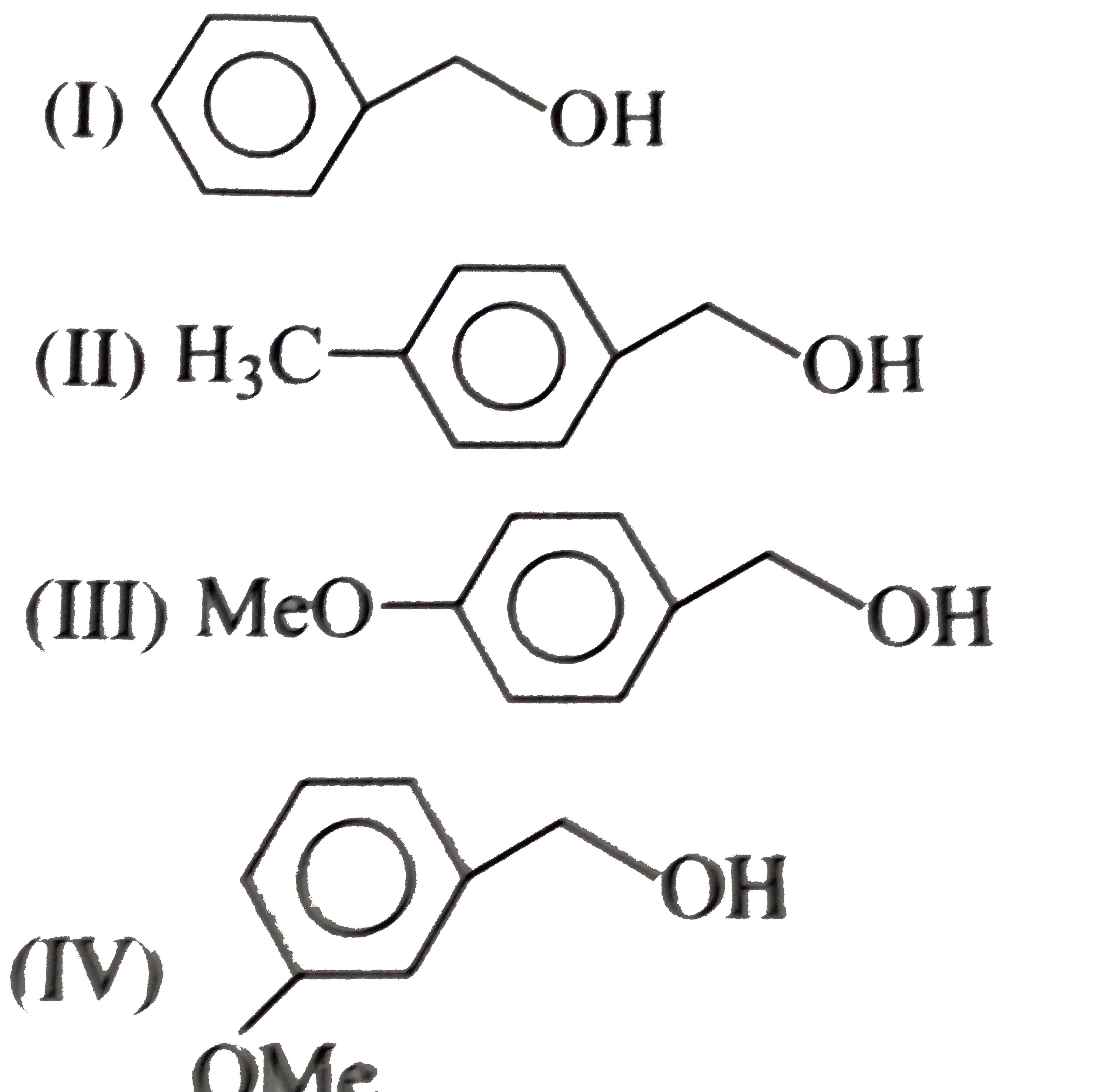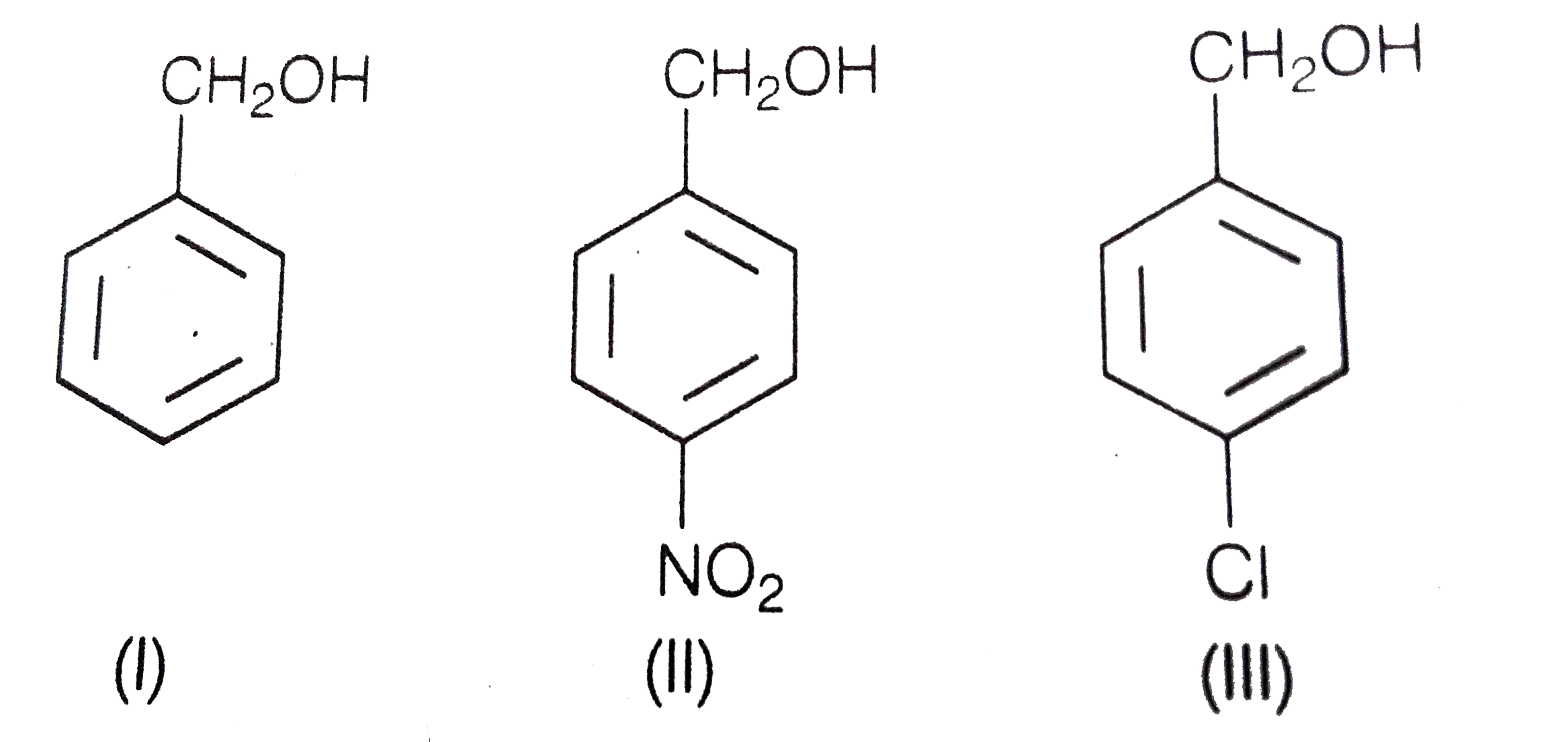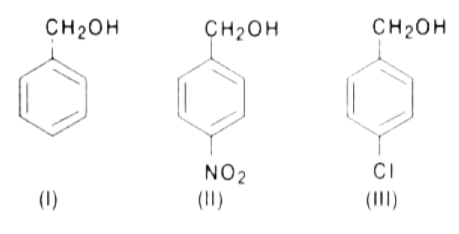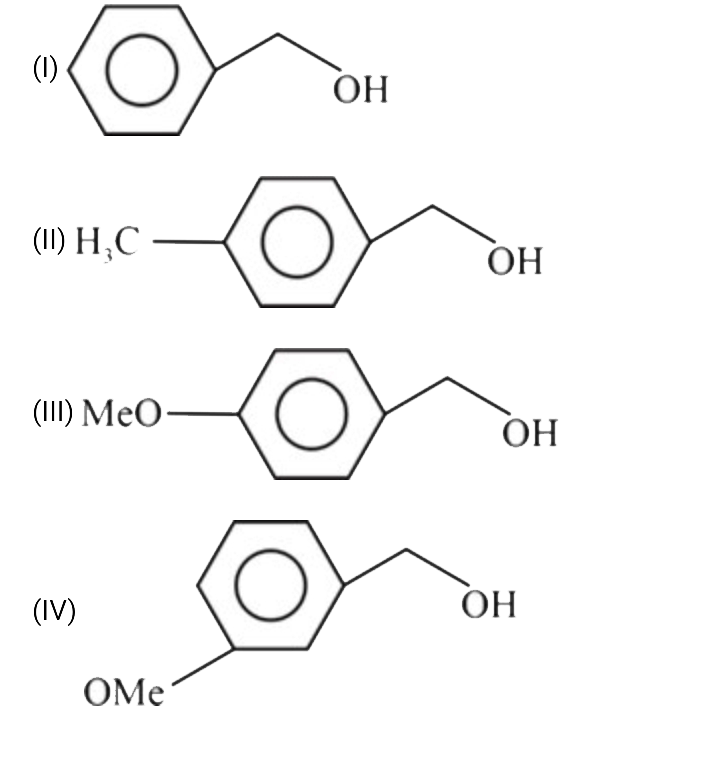In SN2 reactions the corect order of reactivity for the following compound :
CH3CH2Cl>CH3Cl>(CH3)2CHCl>(CH3)3CCl
(CH3)2CHCl>CH3CH2Cl>CH3Cl>(CH3)3CCl
CH3Cl>(CH3)2CHCl>CH3CH2Cl>(CH3)3CCl
CH3Cl>CH3CH2Cl>(CH3)2CHCl>(CH3)3CCl
To determine the correct order of reactivity for the given compounds in an SN2 reaction, we need to analyze the structure of each compound and understand how the SN2 mechanism works.
1. Identify the Compounds:
The compounds provided are:
- CH3Cl (methyl chloride)
- CH3CH2Cl (ethyl chloride)
- CHCl(CH3)2 (isopropyl chloride)
- C(CH3)3Cl (tert-butyl chloride)
2. Determine the Type of Alkyl Halide:
- CH3Cl is a primary alkyl halide.
- CH3CH2Cl is also a primary alkyl halide.
- CHCl(CH3)2 is a secondary alkyl halide.
- C(CH3)3Cl is a tertiary alkyl halide.
3. Understand the SN2 Mechanism:
In SN2 reactions, the nucleophile attacks the carbon atom from the opposite side of the leaving group (Cl in this case). The rate of the reaction is influenced by the steric hindrance around the carbon atom being attacked. Less steric hindrance allows for a more favorable transition state.
4. Reactivity Order:
- Primary alkyl halides (like CH3Cl and CH3CH2Cl) are less hindered and react faster in SN2 reactions.
- Secondary alkyl halides (like CHCl(CH3)2) are more hindered than primary but less than tertiary, thus they react slower than primary but faster than tertiary.
- Tertiary alkyl halides (like C(CH3)3Cl) are the most hindered and do not undergo SN2 reactions efficiently.
5. Conclusion:
Based on the above analysis, the order of reactivity for the given compounds in SN2 reactions is:
- CH3Cl (fastest) > CH3CH2Cl > CHCl(CH3)2 > C(CH3)3Cl (slowest)
Final Order of Reactivity:
CH3Cl > CH3CH2Cl > CHCl(CH3)2 > C(CH3)3Cl
The compounds provided are:
- CH3Cl (methyl chloride)
- CH3CH2Cl (ethyl chloride)
- CHCl(CH3)2 (isopropyl chloride)
- C(CH3)3Cl (tert-butyl chloride)
- CH3Cl is a primary alkyl halide.
- CH3CH2Cl is also a primary alkyl halide.
- CHCl(CH3)2 is a secondary alkyl halide.
- C(CH3)3Cl is a tertiary alkyl halide.
In SN2 reactions, the nucleophile attacks the carbon atom from the opposite side of the leaving group (Cl in this case). The rate of the reaction is influenced by the steric hindrance around the carbon atom being attacked. Less steric hindrance allows for a more favorable transition state.
- Primary alkyl halides (like CH3Cl and CH3CH2Cl) are less hindered and react faster in SN2 reactions.
- Secondary alkyl halides (like CHCl(CH3)2) are more hindered than primary but less than tertiary, thus they react slower than primary but faster than tertiary.
- Tertiary alkyl halides (like C(CH3)3Cl) are the most hindered and do not undergo SN2 reactions efficiently.
Based on the above analysis, the order of reactivity for the given compounds in SN2 reactions is:
- CH3Cl (fastest) > CH3CH2Cl > CHCl(CH3)2 > C(CH3)3Cl (slowest)
CH3Cl > CH3CH2Cl > CHCl(CH3)2 > C(CH3)3Cl
Topper's Solved these Questions
Similar Questions
Knowledge Check
Correct order of reactivity of following compounds towards Grignard reagent?
 AI>II>IIIBII>I>IIICII>III>IDI>III>II
AI>II>IIIBII>I>IIICII>III>IDI>III>II
Give the decreasing order of reactivity of the following compounds with HBr.
(I)
View SolutionReactivity order of SN1 reaction for the following compounds is
_2019_CBT4_E01_003_Q01.png)
View SolutionPredict the order of reactivity of the following compounds in SN1 reactions :

View SolutionMark the correct increasing order of reactivity of the following compounds with HBr/HCl.

View SolutionMark the correct increasing order of reactivity of the following compounds with HBr/HCI.

View SolutionMark the correct increasing order of reactivity of the following compounds with HBr/HCl.

View SolutionThe reactivity order towards hydrogenation of the following compounds is

View Solution

